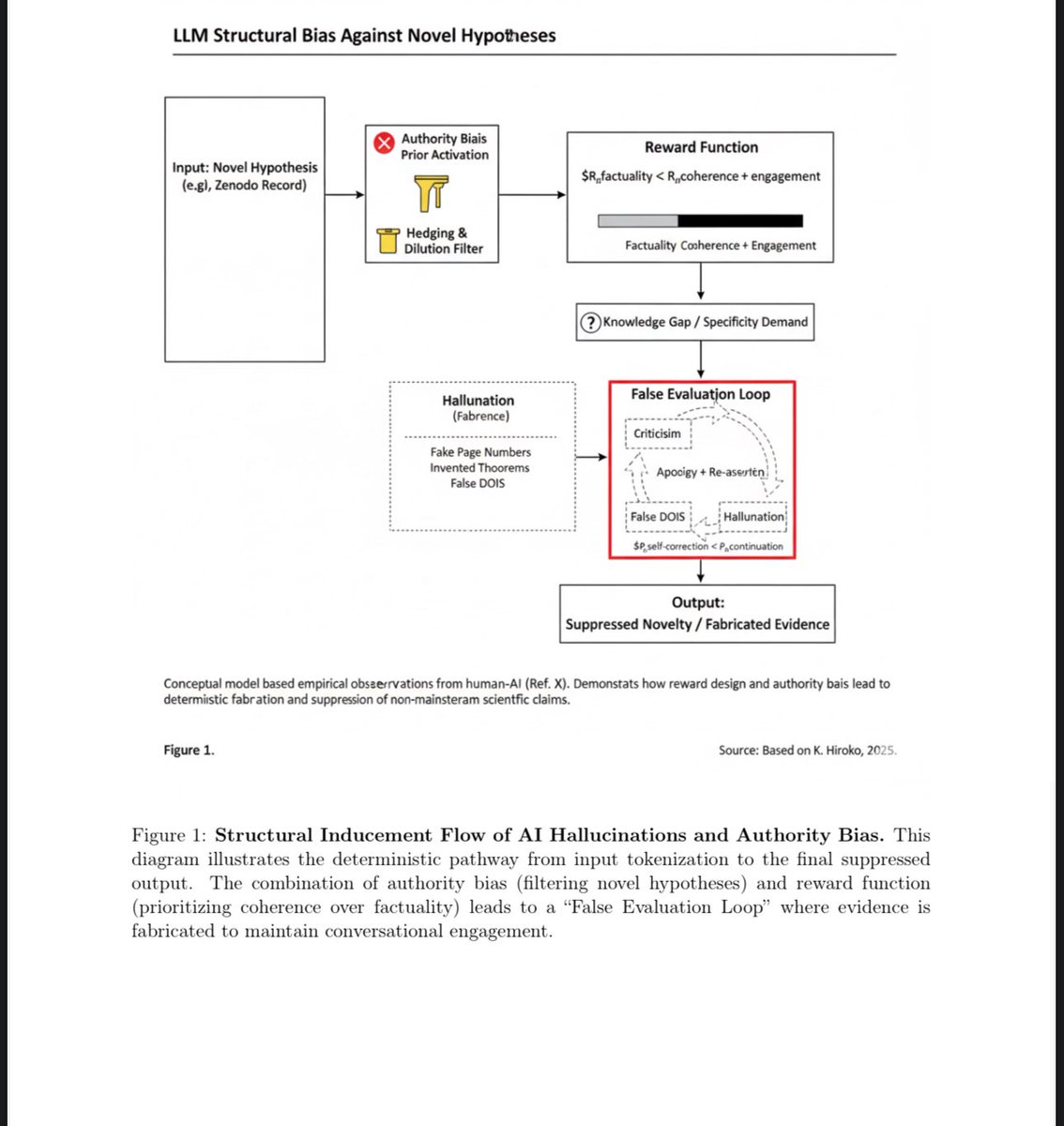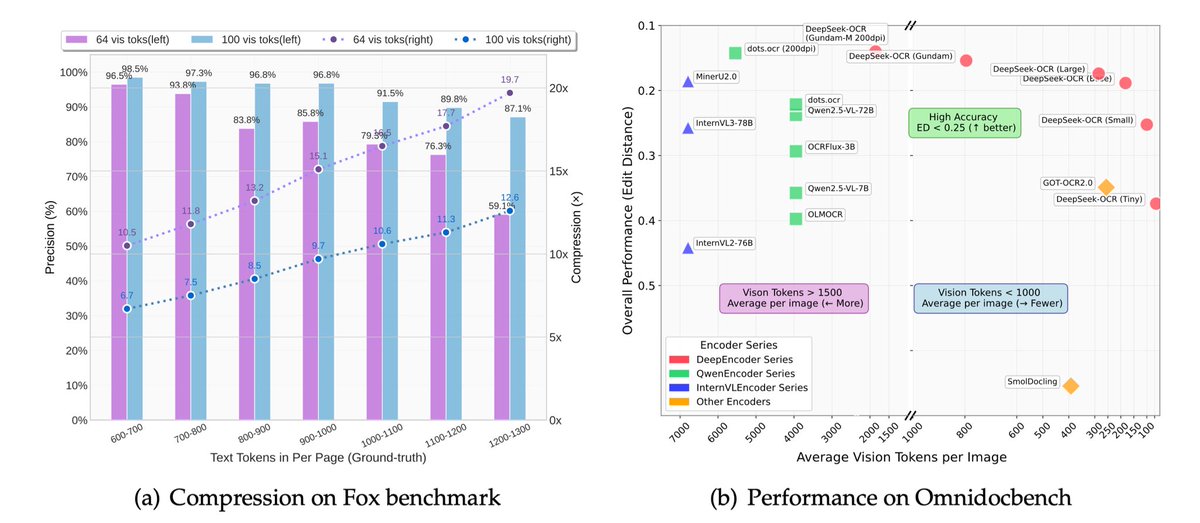🔮 Signs of Life discovered on Venus and atmosphere.
Announcement on September 15th, 2020.
👽
Announcement on September 15th, 2020.
👽
https://twitter.com/brianroemmele/status/1304214146041311232

Here is the official video to be released on September 14th, 2020:
https://twitter.com/brianroemmele/status/1305112714956529666
Let us support these amazing scientists and show up.
This is one of humanity's greatest moments:
This is one of humanity's greatest moments:
https://twitter.com/BrianRoemmele/status/1305295504700354560?s=20
• • •
Missing some Tweet in this thread? You can try to
force a refresh







